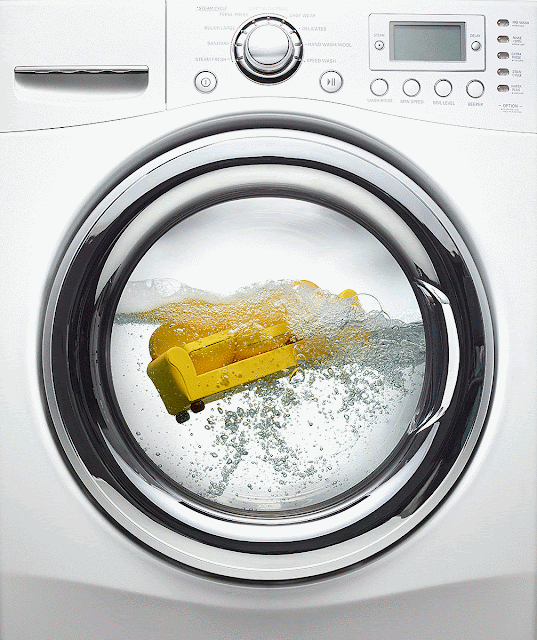Digital image formation
Digital Image Formation
The digital image conversion process involves namely two process, sampling and quantization.
The digital image conversion process involves namely two process, sampling and quantization.
- Digitizing the coordinates is called sampling.
- Digitizing the amplitude is called quantization.
This digitization process requires decisions about values for M, N and for the number, L (where L =discrete gray levels allowed for each pixel).
There are no requirements on M and N (dimensions of an image), other than that they have to be positive integers. However, due to processing, storage, and sampling hardware considerations, the number of gray levels typically is an integer power of 2:
L = 2^k
L = 2^k
The discrete grayscale intensity levels are equally spaced and that they are integers in the interval [0, L-1].
Thus, for an 8 bit image (class: uint8) the number of discrete grayscale intensity levels are [0, 255].
The range of values spanned by the gray scale is called dynamic range of an image.
The number of bits (b) required to store a digitized image is b = M x N x k bits.
Class available in octave
double: Double precision, floating point, range ± 10^(308)(8 bytes/element)
single: Single precision, floating point, range ± 10^(38)(4 bytes/element)
unit8: Unsigned 8bit integer, range[0,255] (1 byte/element)
unit16: Unsigned 16bit integer, range[0,65535] (2 byte/element)
int8: Signed 8bit integer, range[-128,+127] (1 byte/element)
int16: Signed 16bit integer, range[-32768,+32767] (2 byte/element)
char: Characters (2 bytes/element)
logical: Values are 0 or 1 (1 byte/element)
int8: Signed 8bit integer, range[-128,+127] (1 byte/element)
int16: Signed 16bit integer, range[-32768,+32767] (2 byte/element)
char: Characters (2 bytes/element)
logical: Values are 0 or 1 (1 byte/element)
Class to class conversion:
b = uint16(a);
i.e., a of class uint8 will be converted into uint16




Comments
Post a Comment